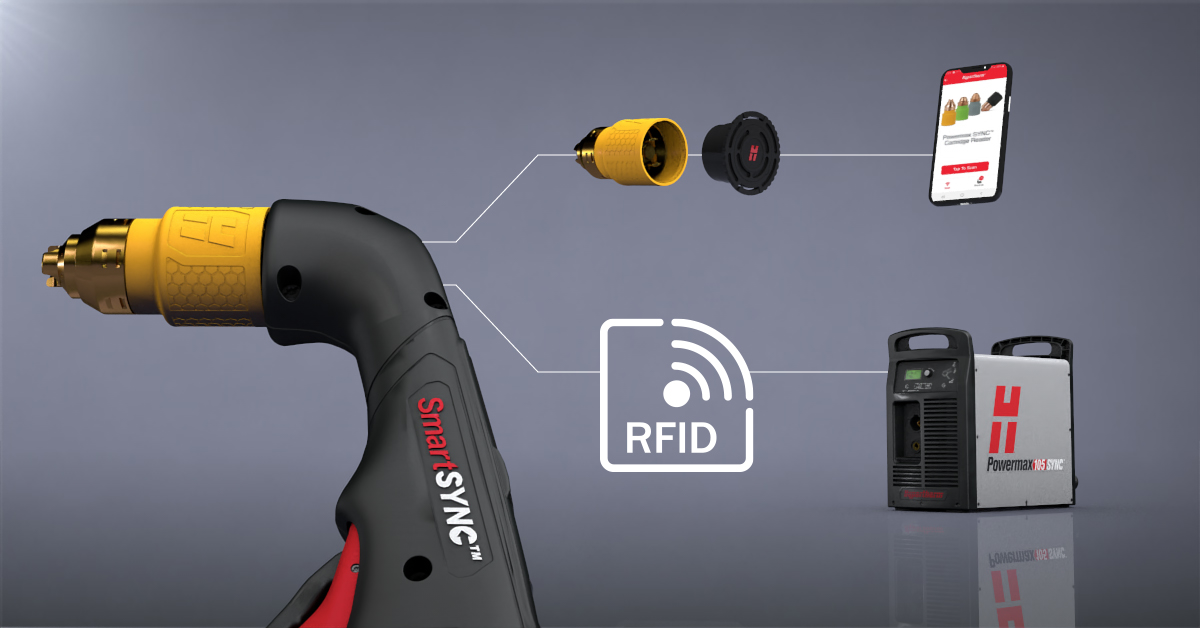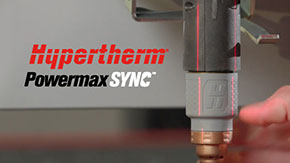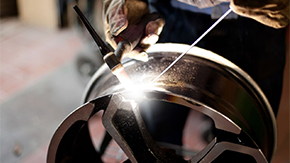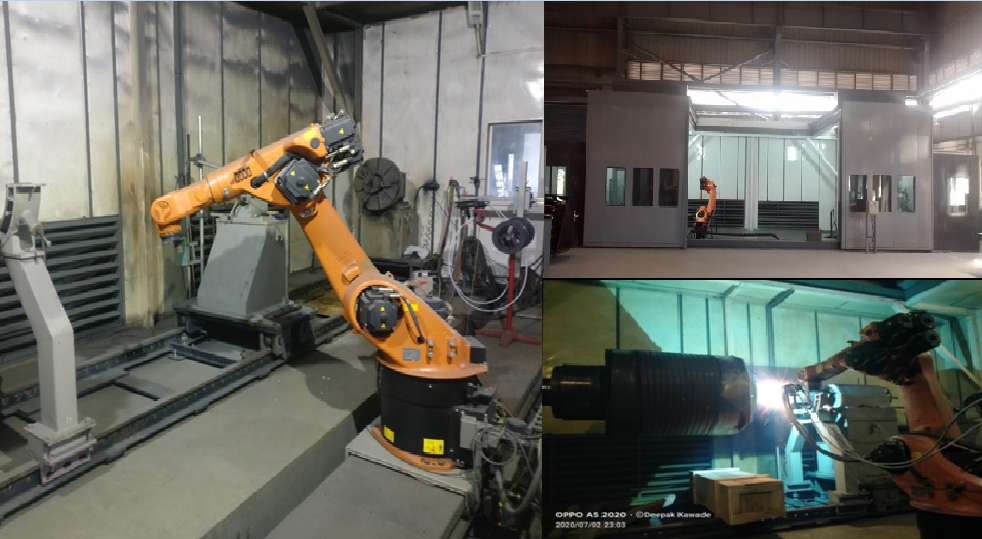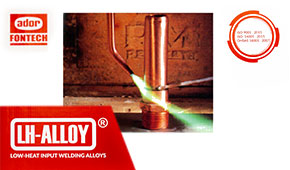Tips to Weld Cast Iron
Table of Contents
- Properties of Cast Iron
- Types of Cast Iron Used in Industry
- Problems in Welding Cast Iron
- Techniques to Weld Cast Iron
- Hot Technique
- Cold Technique
Cast iron can be described as a wide variety of iron-based materials containing Carbon of 1.7%-4.5%
It also contains Silicon- 0.5%-3%, Manganese-0.2%-1.3%, Phosphorous-0.8% max & Sulphur -0.2%max. The major distinguishing feature between steels is carbon content, it has maximum influence on the property of CI. A low percentage promotes the formation of hard white cast iron & higher percentage promotes the formation of grey cast iron.
Properties of Cast Iron:
- Hardness: Cast iron is hard and it can be hardened by heating and sudden cooling. This makes it quite durable.
- Melting Point: Cast iron has a lower melting point (1200 deg. C) as compared to the melting point of mild steel which lies in the range of 1300 deg. C and 1400 deg. C.
- Castability: Cast iron is easier to cast when it comes to casting shapes out of the material. Due to the extra carbon & silicon present in cast iron, its molten form is more fluid and this makes it easier to cast the material into complex shapes.
- Machinability: Cast iron is almost elastic up to ultimate tensile strength and produces discontinuous chips which break away from the sample easily. This helps to improve the cutting ability. Due to this, cast iron is the preferred material when it comes to high machinability and strength.
- Highly porous hence it can be used in machine bases etc. as it provides good self-lubrication properties as oil & grease remain in the porous mass of cast iron.
- It’s Porous and sponge-like structure means it can be used in machine bases as it has good damping properties
Types of Cast Iron Used in Industry:
- Grey Cast Iron
- White Cast Iron
- Chilled Cast Iron
- Nodular Cast Iron
- Malleable Cast Iron
- Alloyed Cast Iron
Depending on carbon content and the procedure it is manufactured and these are common grades used in industry.
Problems in Welding Cast Iron:
- CI is Brittle, so it tends to crack easily
- Porous & Contaminated so cleaning is very tough
- Too much Carbon tends to crack during welding
- Lesser Heat Conductivity, so heat dissipation is fast
- Carbon Pick up in the weld metal will be there leading to cracks in the HAZ.
Techniques to Weld Cast Iron.
Considering the above problems in cast iron, there are two methods or techniques to weld cast iron.
- Hot Technique
- Cold Technique
Hot Technique:
- Preheat the cast iron component to 350 deg. C – 400 deg. C
- Do the welding at the same temperature, ensure the temperature is maintained above 350 deg. C during the entire process of welding
- Slow cool the welded component by gradually cooling the component, if the job was done with heating cold reduce 50 deg. C per hour for per inch thickness of the job, If done in a furnace switch off & allow it to cool.
Cold Technique
Limit heat input in the cast iron welding job by adopting the following methods :
- Low current: Use low heat input welding electrodes & use lower diameter and lower amperages.
- Stringer bead: Strictly no weaving during welding use only stringer beads
- Short arc: Use arc length less than the diameter of electrode, preferable touch & weld type LH products
- Short bead length: Weld not more than 25 -30mm bead length only, always weld with a job on hand heat
- Peening: Hot peening with the ball-peen hammer is recommended for removing any residual stress in welding.
For welding of all weld-able grade cast iron, Nickel-based electrodes either pure nickel or Ferro-nickel type electrodes are used depending on the application requirements.
We at Ador Fontech have designed & developed this exclusive Range of LH Low heat Input Welding Electrodes for welding cast iron using both welding techniques required for cast iron welding
Reclaim, Do not replace


